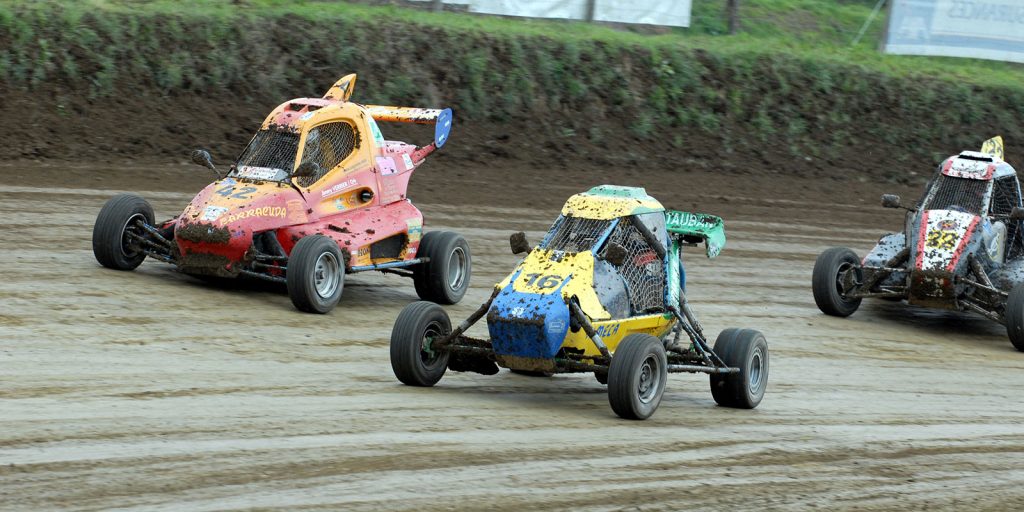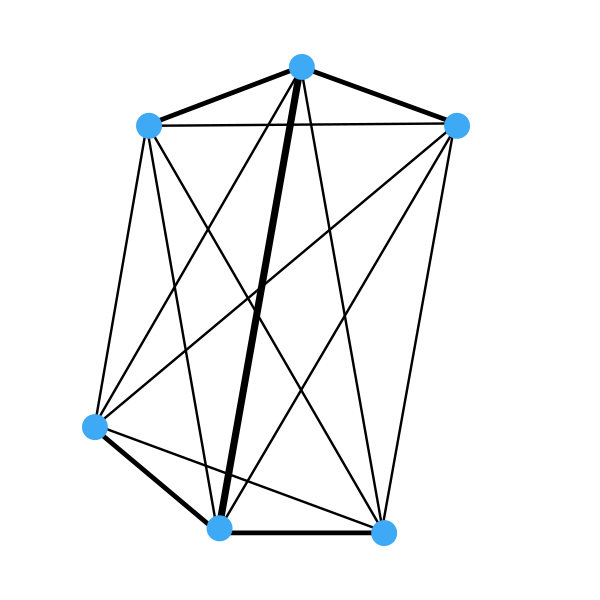I think I may have coined the term Nano Sprint!
I love the Nano Sprint, a UX design tactic especially for product designers working with lean, Agile teams that know how to work smarter and communicate well.

Those are not the nano or micro sprints that we are highlighting here!
The Nano Sprint is a unique and efficient design tactic. It is useful as a lead in, side, or validating tactic during development cycles (or whenever you need to roll it out!). It involves Design Thinking and a sequence of activities dependent on the resources and priorities for that specific project. This is very useful for us working on product designs in evolving versions.
Design sprints are now a well known UX tactics. These workshops are designed to help design teams clearly define goals, validate assumptions, and decide on a product roadmap before starting development. The goals for these traditional 5-7 day design sprints are focused on strategic issues, low-fi prototyping, and user testing. This design process is similar to sprints in Agile development cycles.
While design sprints are useful, it is possible that the need for the Nano Sprint tactic has grown out of working in environments where design is not valued as much as it should be. As designers we often find ourselves in situations where our work is not valued as much as it should be. Sadly, the results are never useful when this happens. Projects, clients, teams, and ultimately business suffer.
When the design process is undervalued, situations like these can occur:
- The project gets feature rot where too many features bloat the product and diminish user experience all while ramping up development costs.
- Companies can lose great design thinkers and then eventually lose clients
- Efficiency for the problem solving stages and development work is negatively impacted and projects slip into crisis management situations often risking going over scope.
Nano Sprint – An Example
When working in an Agile environment at enterprise scale, I recommend that at least 2 designers and 1 lead software engineer be part of the Nano Sprint. It is important that all 3 have a strong understanding of the project and are ready to pull their resources together in a concentrated way. Since large teams require a lot of communication resources, a small 3 person Nano Sprint team can work more efficiently and then communicate their finding out to the rest of the larger team and influencers.
Since no two projects are the same, the recipe or tactics we employ would vary depending on the stage of the project, the resources available, and the problems we are going to be solving.
Step 1 – Discover, Understand, & Identify the Problems in Need of Solutions
In this example we have some usability testing results to apply to our plans for the beta version of the product we are developing. This research is critical to our understanding and success in achieving a useful, or even delightful, product for our client’s users. We are a remote team and we will record our session for other team members to watch or listen to after the Nano Sprint Session Report is published.
The design team conducted the usability tests, have compiled the results, and is presenting the research to the participating lead developer for the first time. We review the finding together and are very surprised by some of the results. It seems the improvement made to the product in the last phase produced a variety of results. Some were useful, some were delightful, and some are problems in need of solutions.
In fact the actual platforms and technology itself has changed a lot since previous iterations and that too will need to be taken into account. This is a new product using new technology and we are working at the edge of the web. Exciting!
Step 2 – Sketch, Hypothesize, & Balance Client Business Goals with User Experience Goals
Once the usability test results have been reviewed we make some low-fi user journey maps to identify the specific places where users failed or struggled to accomplish the tasks our products are supposed to empower them to do. These maps make the work visual, help us identify problems that need solutions, and provide hard evidence of those problems to the larger teams and influencers.
In some cases, we would do some ideation of options, ideas, and code-free prototypes or low-fi mock ups with screenshots using tools like Sketch, Photoshop, and Figma, but simple line drawings can go a long ways towards a shared understanding at this stage, too.
This is all very hard work and by limiting the communication circle to 3 people the stress of the tasks are lightened somewhat, allowing the work to move at the same pace creativity and the exercise demands. We get into the flow of the problem-identifying work and begin to see the full set of options more clearly. This sets the larger team up for success and can identify where we need to bring in specific team members to help more efficiently, too.
In this case for example, we needed to ask the Front End Software Engineer about some browser capabilities before we could recommend an animated solution. At this point we also took the important step of getting an accessibility audit for some of our recommendations and made notes of these challenges in our Nano Sprint Session Report.
Step 3 – Share the Nano Sprint Session Report
At this stage, we are identifying challenges or problems and while we may be capable of ideating and working for days at finding the best solutions we rely on the larger teams various experts to work together to solve through the Agile development cycles. Here we work to:
- communicate well and be careful not to silo ourselves or any other team members out of the work as well. This is important.
- simplify some communication and work smarter not harder!
The report includes some sketches and video recording of our 3 hour session and written notes in a Google Document for the team. Then, we walk the Project Managers through the findings first. Now, they can take our report and use it as a strategic roadmap that will empower the team to achieve and work creatively together, ideating through to delivery.
When it comes time to solve the actual problems, we continue to implement usability testing through out the process and, in the end, deliver a product that sets the client up for success.
Thanks to the Nano Sprint, we communicate more effectively and save time while also working both visually and strategically.
The Power of Visualization

In addition to improving communications, Nano Sprints Session Reports are easy to produce and impactful for the marketing teams because we have clearly identified our work and the challenges, and the results can be measured and validated.
By using Nano Sprints to identify and visualize potential problems, you create a culture that values design, continuous learning, and innovation. With that, you attract the best designers to your teams and increase the likelihood of success for each of your clients, all through the efficient use of resources.
Leave a Reply